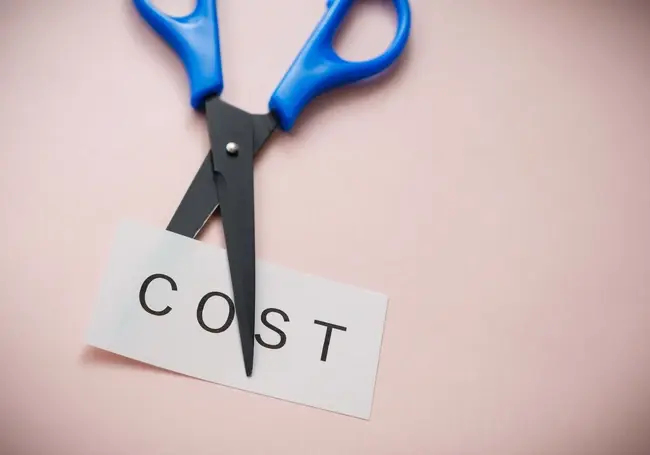This article was contributed by Devin Partida, who writes about technology and business solutions. To read more from Devin, you can also find her over at ReHack.com, where she is Editor-in-Chief.

The COVID-19 pandemic has hit businesses hard, with many still struggling to regain ground. Some companies also had small amounts of cash on hand to cover emergencies. According to one study of small businesses, half of the respondents only had enough to cope with one to two months of expenses.
Recovering from a sudden loss of business revenue often means making drastic changes that reduce costs to compensate for profitability loss. Here are five proactive solutions to consider.
1. Transition to a Paperless Approach
Research shows that small companies spent from $922 to $1,106 annually on office supplies per employee. Those expenses also typically rise as the enterprise size increases. Taking advantage of bulk discounts can shave off some of the costs, but the expense reductions typically become more substantial when companies digitize paper processes.
Besides saving money on packs of paper, digitization lets companies cut the amount they spend on related needs, such as pens and printer ink. Electricity costs can also go down as workers reduce or eliminate their dependence on printers and copy machines.
2. Allow Telecommuting for All or Most Workers
Although leadership action to weather the COVID-19 storm varied, statistics showed that only 5% of leaders polled did not take decisive action. The same research indicated that more than a quarter of respondents implemented remote working for all employees.
A different study of companies in the United States showed that 55% of employers anticipate their office staff members working remotely at least one day a week after the coronavirus crisis passes.
Permitting people to work remotely can positively affect business revenue in several ways. For example, a company may relocate to smaller, less expensive premises if a large percentage of staff permanently work off-site. Plus, a smaller number of people in the office allows potential reductions on things like cleaning supplies or services and snacks for the break room.
3. Know When to Pursue Outsourcing
Outsourcing can save companies money by allowing workers to focus on tasks that let them show their strengths rather than getting slowed down by weaknesses or a lack of resources. For example, a company may have a few products requiring laser-cutting work before they reach customers. Outsourcing the job to an experienced team saves space and time as well as money, letting the business enjoy excellent results without hassles.
Working with a third-party company to get assistance with necessities like fabrication, packaging or payroll can pay off. Business owners should evaluate which tasks take the most time or cause the most frustrations because of insufficient on-site resources. Similarly, it's ideal for them to prioritize outsourcing over a decision requiring investment in new equipment — at least until it's evident that buying it would grow revenue in the long run.
4. Investigate Ways to Save Money on Services and Subscriptions
The costs associated with services and subscriptions probably account for a larger corporate expense chunk than many people think. Making progress with reducing those expenditures begins with verifying that it's still worthwhile to keep paying for them. Perhaps only 10% of the staff utilize the company's gym membership, or the employees only use a specific communication tool about once a week.
When it's not feasible to do away with services and subscriptions, company representatives should consider how they could spend less on them. Could they save by purchasing an annual membership rather than paying by the month? Hundreds of companies are also offering freebies to assist during these challenging times. Availing of those could at least make it easier to determine a service's usefulness before signing up as a paid subscriber.
5. Prioritize the Most Effective Marketing Approaches
June 2020 data from Statista indicated that business decision-makers worldwide intend to cut their marketing budgets by 11% for the rest of the year to cope with the novel coronavirus's effects. Doing that wisely requires confirming which strategies worked best for specific enterprises in the past and allocating the budget to those efforts when possible.
Digging into past data is an excellent way to confirm hypotheses. A marketing team member might recall a surge in business revenue shortly after the company ran a billboard and bus ad campaign in a particular market. A closer look at the statistics for that period could back up that memory by showing that the brand had a 45% increase in new customers from that marketing method. Leaders should be open to singling out results-driven options, even if they cost more upfront.
Grow Business Revenue With Strategic Cost-Cutting Measure
It's not always evident where a company wastes money or how to reduce costs. However, the COVID-19 pandemic made it crucial for many businesses to find out. These five tips offer excellent starting points.







Comments ( 0 )